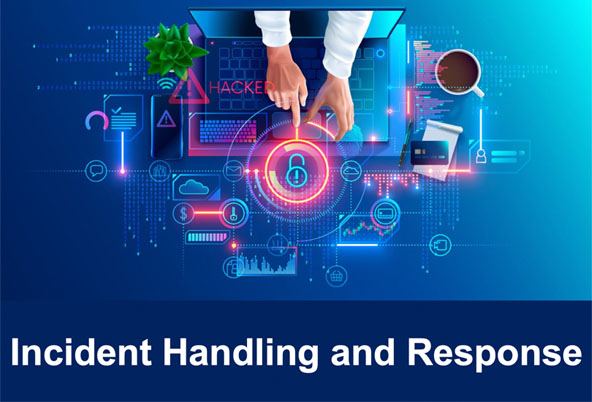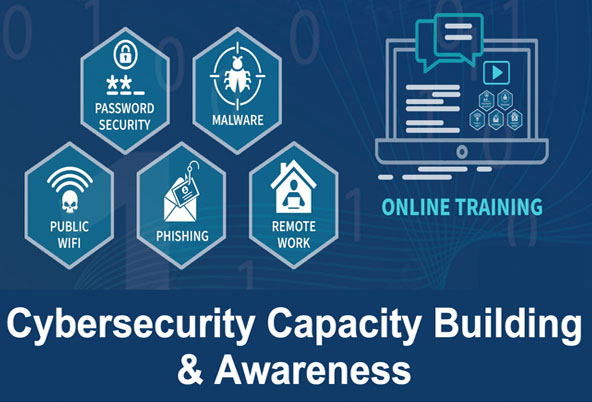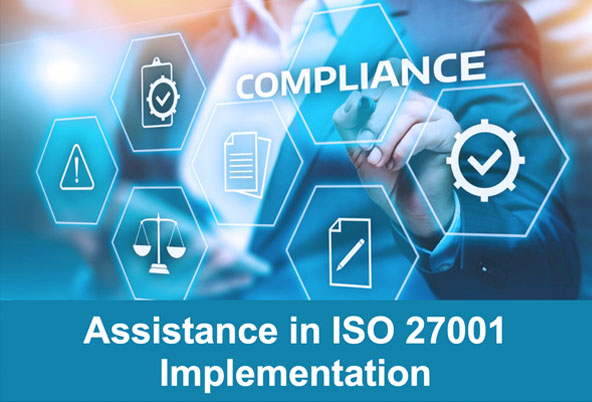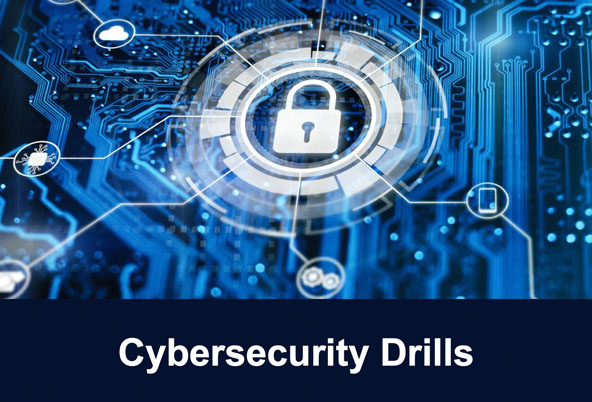Workshop on International law in cyberspace
The Ministry of Information Technology, Communication and Innovation (MITCI) and the Computer Emergency Response Team of Mauritius (CERT-MU), in collaboration with the United Nations Institute for Disarmament Research (UNIDIR), organized a 2.5-day workshop from 15 to 17 October 2025 at the Labourdonnais Waterfront Hotel, Mauritius.
Read MoreThe role of CSIRTs in the implementation of UN technical norms and confidence-building measures (CBMs)
The Computer Emergency Response Team of Mauritius (CERT-MU), a department under the aegis of the Ministry of Information Technology, Communication and Innovation in collaboration with the International Telecommunication Union (ITU) will be conducting a 3 days training on “The role of CSIRTs in the implementation of UN technical norms and confidence-building measures (CBMs)” from 27 – 29 August 2025.
Read MoreA Blueprint for the Mauritius: A Bridge to the Future - Digital Transformation 2025–2029
On Monday 26 May 2025, "A Blueprint for Mauritius: A Bridge to the Future - Digital Transformation 2025–2029" was launched at the Sir Harilall Vaghjee Hall in Port Louis by His Excellency, Mr. Dharambeer Gokhool, G.C.S.K, President of the Republic of Mauritius, in the presence of the Minister of Information Technology, Communication and Innovation, Dr. the Honourable Avinash Ramtohul and several eminent personalities.
Read MoreCybersecurity Trends & Predictions 2025
CERT-MU has released its Cybersecurity Trends & Predictions 2025 Report. The report provides a comprehensive overview of the biggest cyber-attacks of 2024, analysing their techniques, consequences, and lessons learned. It also offers insights into key cybersecurity trends for 2025, highlighting areas that demand attention from organizations aiming to fortify their defenses.
Read More
Critical WatchGuard Firebox Vulnerability Exposes 75,000+ Devices to Remote Code Execution
22 October 2025
GitHub Copilot Flaw Allows Attackers to Steal Source Code from Private Repositories
13 October 2025
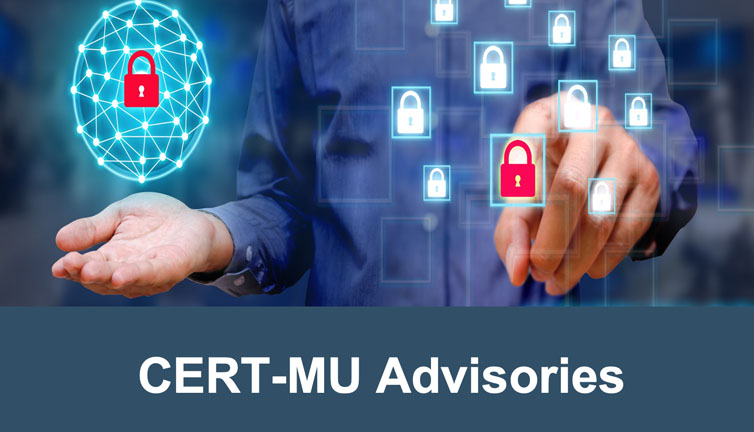
Trend Micro Apex One Vulnerability
20 August 2025
Cisco Identity Services Engine Unauthenticated Remote Code Execution Vulnerabilities
29 July 2025

Citrix NetScaler ADC and NetScaler Gateway Vulnerabilities
27 August 2025
Critical WordPress Plugin Vulnerability Puts Websites at Risk of Remote Code Execution and Data Theft
14 August 2025
Our Core Services
CERT-MU provides information on cybersecurity best practices to help the industry, parents, teachers and students implement preventative measures, manage cyber risks and stay safe online.
Featured Security Blog
Ransomware Gangs Exploit Legitimate Remote Access Tools to Stay Hidden and Maintain Control
October 6, 2025
Microsoft Outlook Bug on Windows Devices Results in Repeated Email Crashes
October 2, 2025

